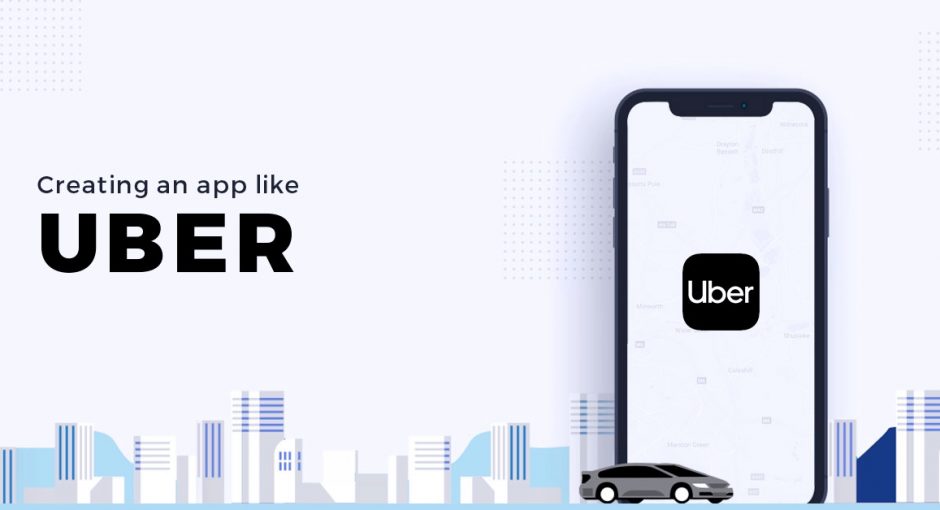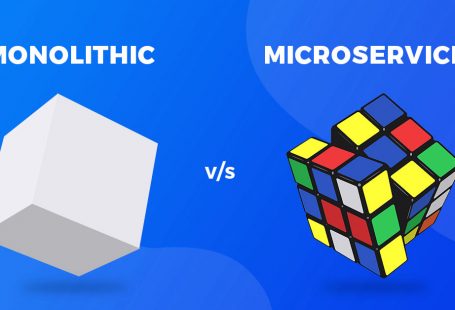“Create an app like Uber”. You must have come across such ads on SERPs, where development companies claim to deliver an app like Uber within a week, charging between $2000 to $5000. Pretty crazy claims, one must say.
But why do we say that?
Building a sophisticated app like Uber from scratch should ideally cost you around $100,000. Even building a basic taxi-booking app from scratch will cost you between $25,000-$40,000.
Actually, these ads don’t tell you one thing. At such a low cost, developers can only reskin an app that’s similar to Uber.
So what exactly is App Re-skinning?
App re-skinning is the process by which you take an existing app, create an identical copy of its source code, and make changes to its design, artwork, and logo. It is mostly done while developing gaming apps.
Suppose you own the source code of Angry birds, which is a hugely popular game. You can reskin the app and turn it into something like Crazy Kittens, where instead of birds you can launch kittens. You can change the graphics accordingly or make minor changes, as per your liking.
It does sound interesting, but there is an obvious drawback of buying a reskinned app. The vendor who owns the source code can build and sell n number of apps that will be similar to yours. Just imagine there are 100 apps in the marketplace having the basic functionalities of your app. You wouldn’t want to step into such competitive waters, would you?
Before we go further and list other drawbacks of reskinned apps, let’s learn about White Label development.
White Label Development– What’s that?
Suppose there is a company A that develops for a particular industry. It sells the app (reskins) to companies B, C, and D, by using their respective logos and branding elements, without leaving much scope for customization. This approach is termed as White Label.
Developers reuse the backend code and make modifications to the frontend, to align it with a company’s brand.
White label development has become quite popular among rookie startups, that just want to bring another “Uber Like” or “Instagram Like” app in the market, without assessing the future challenges.
Another reason is the cost crunch, that doesn’t allow them to build an app traditionally (custom app development).
If you have a keen eye, then you can definitely spot stark differences between custom apps (made from scratch) and white labels apps (reskinned). Let’s go through some of those differences.
1. The degree of customization
None of the white label apps are developed specifically for business. So if you are investing in one, then you should be aware of this. It’s an app that clones the generic features of a popular app, that somewhat fulfills the requirements of your business. It won’t truly reflect your brand’s essence.
In simple terms, if you go for a white-label app, you go for a readymade solution. And if the solution is readymade, then you will have lesser freedom to add elements that define your brand. The app will carry just your logo and nothing else.
Also, it’s highly probable that your app’s generic features will become irrelevant with time, and won’t appeal to your users. In that case, you will be left stranded, with nowhere to go.
Custom apps give you a lot more freedom. You can tailor them as per your business requirements so that your product has a certain uniqueness in the marketplace.
2. Unique design
Apple Inc was never fond of White label apps and the reason was pretty obvious. The reskinned apps that came from the same vendor, looked almost the same. One couldn’t spot much difference in either their design or the overall flow. Only the brand elements were different.
It’s a very boring and an uninspiring approach towards app development.
Cutting the long story short, with reskinned apps, you don’t have much say in the designing process. It’s a big compromise, a one that can cost your business in the long run.
3. Scalability
Wouldn’t you want an app that doesn’t compromise on UX, even while handling a million users? Of course, you would want to create such a scalable app.
Suppose after your app is launched, your marketing efforts bring users in huge numbers. In such a scenario you would want your app to accommodate this rapid growth with zero downtime. In other words, for an aggressive marketing campaign, you would want a highly reliable app, that doesn’t break down.
This is how important scalability is, yet businesses ignore it at times and opt for white-label apps.
Also, most of the white label apps aren’t cross-platform in nature, meaning, they are built for a specific platform or device. So if you want to test your app on a different OS, then you can either wait till the white label developer makes it scalable or you can invest in another reskinned app for a particular OS. It doesn’t sound like a practical thing to do and it actually isn’t.
If achieving scalability is your priority, then you better build your app from scratch. You can also build an MVP (minimum viable product), which is the basic version of your application. The purpose of building an MVP is to validate an idea and to figure out whether it is feasible or not.
If you are a new player in the market, building an MVP can help you understand users’ needs.
Don’t confuse MVP with a prototype. It’s true that a prototype, as well as a minimum viable version of the product, is meant to test out a hypothesis, but a prototype can only help you in getting feedback. With MVP you can assess your product functionally and gather valuable data from user engagement.
When it comes to developing MVP, design and functionality are the two integral aspects. You can’t develop a half-baked User Interface and should go full throttle if you genuinely want to see how users are engaging with your product. Customized gestures and transitions add to the cost.
Unlike a reskinned app, MVP involves some serious development and the budget is estimated accordingly.
Costs involved in building an MVP?
There is no linear answer to this, as the cost depends on various factors, like your scope of work. The budget of an MVP includes market research, prototyping, designing, marketing & sales, and of course coding.
If you hire a freelancer, then just building a prototype cost between $4,000 to $15,000. If you hire a full-fledged development company, then the cost can vary between $20,000 to $50,000.
While giving out these numbers, we are assuming that you don’t want to build a run-of-the-mill MVP, but a scalable, API based platform that can withstand iterations, that are part, and parcel of back-end and front-end development.
4. Real-Time Updates
White label apps are isolated from the “real-time ecosystem”. When it comes to availing timely updates, they can seriously limit you. Users crave for updates and even the slightest of delays make them restless, which is never a good sign for a business.
You might remain stuck with an outdated UI that doesn’t cater to your users’ pain-points. In that case, you can’t even blame users for switching to something that is more relevant to their needs. For even doing some minor tweaks, you will have to hire a white label developer and burn a hole in your pocket.
To the contrary, if you opt for a custom app, then you can plan the future course with developers. You can plan the challenges ahead and the nature of future updates that will keep your app relevant and productive for users.
5. Your App, Your Tech Stack
What should be the Tech Stack for your app? You should have the final say in this, isn’t? You are the one who exactly knows the kind scalability and stability your app requires. While developing a custom app, you will have that much space, and you will have that much say as well.
You can brainstorm and select technologies that can build the most optimal application for your business. Needless to mention, you won’t enjoy this kind of flexibility while developing white-label or reskinned apps.
We hope you found this write-up helpful. We have tried to elaborate on the differences between reskinned and custom apps so that you can make an informed decision and not an impulsive one.







